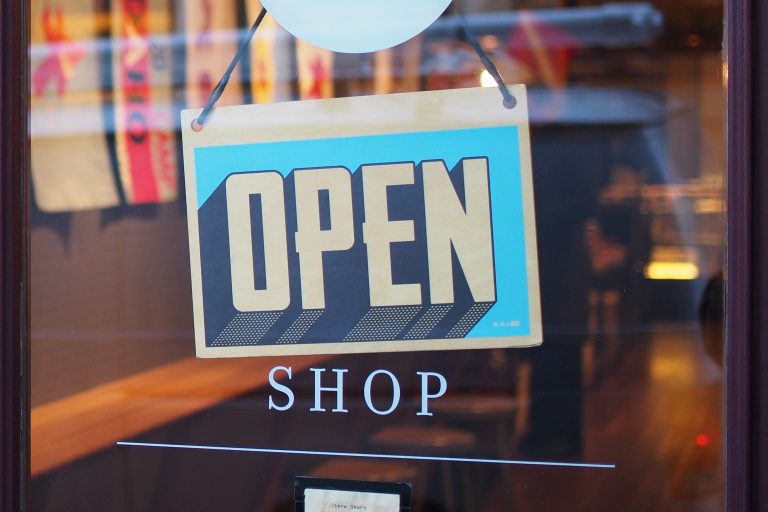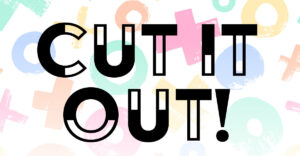The $2 trillion federal coronavirus relief package, known as the CARES Act, includes nearly $350 billion for a small business loan program called the Paycheck Protection Program. In addition to the traditional Small Business Administration’s loan programs, the CARES Act also established a few other temporary programs to help businesses during the coronavirus crisis.
Other Coronavirus Relief Options for Small Businesses
- Economic Injury Disaster Loan Emergency Advance – This loan advance will provide up to $10,000 of economic relief to businesses that are currently experiencing temporary difficulties. Businesses can apply online for a disaster loan.
- SBA Express Bridge Loans – Enables small businesses that currently have a business relationship with an SBA Express Lender. They may be able to access up to $25,000.
- SBA Debt Relief – The SBA is providing a financial reprieve to small businesses during the COVID-19 pandemic.
FAQ About Paycheck Protection Program
Q: When will the new funding be available to small businesses?
A: Treasury Secretary Steven Mnuchin announced that small business loans will be made available starting Friday, April 3.
Q: When can I apply?
A: Starting April 3, 2020, small businesses and sole proprietorships can apply. Starting April 10,
2020, independent contractors and self-employed individuals can apply. The Treasury Department encourages people to apply as quickly because there is a funding cap.
Q: Where can I apply?
A: Small business owners can apply through any existing Small Business Administration lender or through any federally insured depository institution, federally insured credit union and Farm Credit System institution that is participating. Visithttps://www.sba.gov/paycheckprotection/find for list of SBA lenders.
Q: Who can apply?
A: Small businesses with 500 or fewer employees that were in business on or before February 15, 2020. Nonprofits, veterans organizations, tribal business concerns, self-employed individuals, sole proprietorship, and independent contractors are also eligible.
Also, businesses with more than 500 employees are eligible in certain industries. However, only if they meet applicable SPA employee-based size standards for those industries. View size standards at https://www.sba.gov/federal-contracting/contracting-guide/size-standards.
Q: What do I need to apply?
A: You will need to complete the Paycheck Protection Program loan application and submit the application with the required documentation to an approved lender that is available to process your application by June 30, 2020. Click HERE for the application.
Q: What other documents will I need to include in my application
A: You will need to provide your lender with payroll documentation.
Q: How much can I get?
A: Up to $10 million dollars. But the amount each business gets is based on its payroll costs. The amount you qualify for is based on 2.5 times your average monthly payroll costs. Your monthly average payroll is calculated based on your prior 12 months of payroll costs. You take that average monthly payroll number and multiply it by 2.5. For example, if your monthly average payroll was $20,000, then you would qualify for a $50,000 Paycheck Protection Program loan.
Q: How long will it take to get the money?
A: It is unclear right now how long it will take for a business to get money. However, a senior government official said these “stripped down” applications will not require SBA approval and funds could be made available on the same day you apply.
Q: How many loans can I take out under the Paycheck Protection Program?
A: Only one.
Q: What can I use this loan for?
A: The loan can be used to cover payroll costs, employee benefits, mortgage obligations incurred before February 15, 2020, rent and utilities under lease agreements in force before February 15, 2020.
Q: What does payroll costs include?
A: Payroll costs include:
- Salary, wages, commissions, or tips (capped at $100,000 on an annualized basis for each
- employee);
- Employee benefits including costs for vacation, parental, family, medical, or sick leave;
- allowance for separation or dismissal; payments required for the provisions of group
- health care benefits including insurance premiums; and payment of any retirement
- benefit;
- State and local taxes assessed on compensation; and
- For a sole proprietor or independent contractor: wages, commissions, income, or net
- earnings from self-employment, capped at $100,000 on an annualized basis for each
Q: How much of my loan will be forgiven?
A: You will owe money when your loan is due if you use the loan amount for anything other than payroll costs, mortgage interest, rent, and utilities payments over the 8 weeks after getting the loan. Due to the likely high subscription, it is anticipated that not more than 25% of the forgiven amount may be for non-payroll costs. You will also owe money if you do not maintain your staff and payroll.
- Number of Staff: Your loan forgiveness will be reduced if you decrease your full-time employee headcount.
- Level of Payroll: Your loan forgiveness will also be reduced if you decrease salaries and
- wages by more than 25% for any employee that made less than $100,000 annualized in 2019.
- Re-Hiring: You have until June 30, 2020 to restore your full-time employment and salary levels for any changes made between February 15, 2020 and April 26, 2020.
Q: How can I request loan forgiveness?
A: You can submit a request to the lender that is servicing the loan. The request will include documents that verify the number of full-time equivalent employees and pay rates, as well as the payments on eligible mortgage, lease, and utility obligations. You must certify that the documents are true and that you used the forgiveness amount to keep employees and make eligible mortgage interest, rent, and utility payments. The lender must make a decision on the forgiveness within 60 days.
Q: What is the interest rate?
A: Half a percent. It’s nearly an interest-free loan. The bill allowed for a maximum rate of 4%, but the guidance issued by the U.S. Treasury Department is stating that the maximum rate would be 0.5%. Now, this rate could change, but under the law, it cannot exceed 4%.
Q: When do I need to start paying interest on my loan?
A: All payments are deferred for 6 months; however, interest will continue to accrue over this period.
When is my loan due?
A: In 2 years.
Q: Can I pay my loan earlier than 2 years?
A: Yes. There are no prepayment penalties or fees.
Q: Do I need to pledge any collateral for these loans?
A: No. No collateral is required.
Q: Do I need to personally guarantee this loan?
A: No. There is no personal guarantee requirement. However, if the proceeds are used for fraudulent purposes, the U.S. government will pursue criminal charges against you.
Q: How long will this program last?
A: The Paycheck Protection Program is open until June 30, 2020. However, the Treasury Department is encouraging people to apply as quickly as possible because there is a funding cap and lenders need time to process your loan.
Q: It seems like there are a lot of different federal loan programs. Can my business recieve funding through more than one?
A: Yes. Businesses that have pending or existing Small Business Administration disaster assistance loans can still receive funding through the Paycheck Protection Program as long as the loans are not being used for the same thing.
Q: What if I’m still paying off a different Small Business Administration disaster loan?
A: The Small Business Administration has made all deferments through Dec. 31 automatic. That means small-business owners do not have to contact the SBA to request a deferment. If you have an existing or pending loan through the SBA’s disaster assistance loan program, you can refinance it into your Paycheck Protection Program loan.
Source: KRQE
Link: https://www.krqe.com/health/coronavirus-resources/small-businesses-what-you-need-to-know-about-getting-aid-during-coronavirus-outbreak/
Photo by Mike Petrucci on Unsplash












